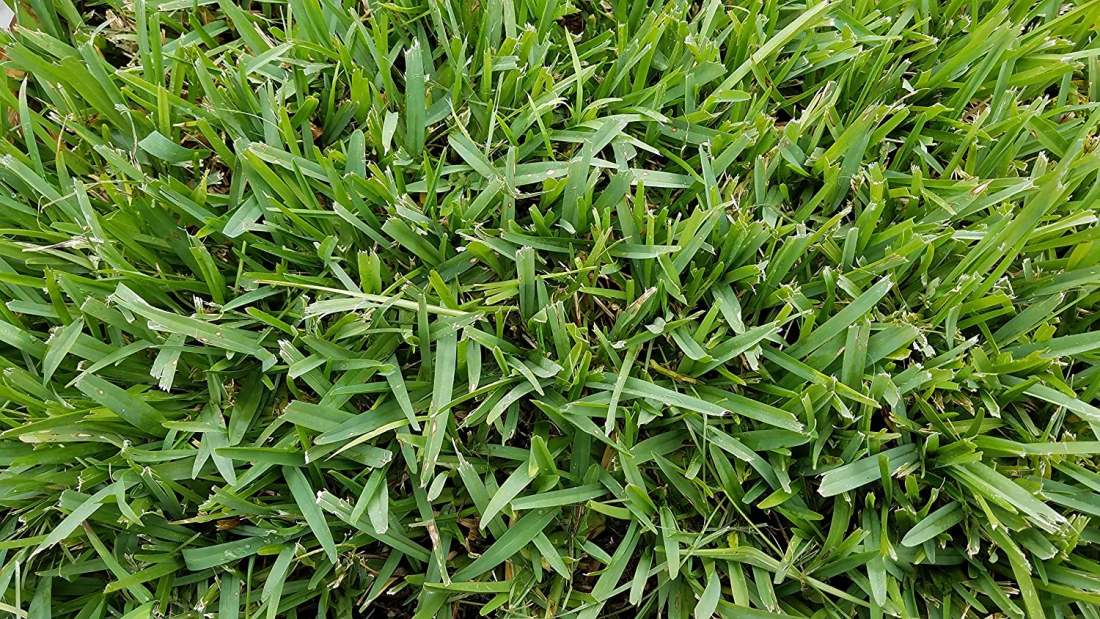When it comes to planting grass, there are always some questions, especially about St Augustine grass. Saint Augustine grass is also called English grass. Its scientific name is Stenotaphrum Secundatum. Its leaves are smooth, hairless, and of medium width and length. They also emit stolons and are dark green. It is ideal for planting in coastal and semi-shaded areas. Very rustic, it resists pests and diseases well. St Augustine is indicated for the beach, mountain, and high humidity regions of the types of grass.

If you don’t know how to plant grass, today you will learn a little about it. We brought some tips for those who want to make the garden prettier in a few steps. In today’s article, we will explain what St Augustine grass is, how to take care of her, and make her grow. And if you want a step-by-step on how to make St. Augustine grass grow faster, you can go to Grasslawnscare.com and check out a detailed tutorial.
With today’s tips, you can begin the steps to having a big, beautiful garden or just a great-looking lawn.
St. Augustine Grass
St Augustine grass is a grass originating in South America, belonging to the Poaceae family. It has smooth, narrow leaves and a slightly bluish dark green coloration, with medium size and length. It is a small plant, reaching an average maximum of 15 centimeters in height. However, its lateral growth is significant, having a powerful proliferation capacity.
The main characteristic of St Augustine grass is its self-absorption when it comes to moisture, which is why it is widely used in beach regions, seasides, and coastal areas. It is a typical plant species grown in warmer environments, being better adaptable to a subtropical climate. Somebody can be found exceptionally easily in regions that have a tropical, equatorial, and oceanic climate.
How To Cultivate
Sites recommend growing in the sun. Still, due to its resistance, it can also be grown in half shade, especially under trees, without losing its beauty and vigor. Of the typical warm climate grass species that currently exist, the St Augustine grass presents the most significant resistance to cultivation in areas with low light. It is worth noting that it is only in areas with a partial shade that both types are suitable.
Make sure to follow guides to keep the lawn in top shape.
Where Is Used
The St Augustine grass has moderate resistance to the floor, which allows it to grow in places where people walk, such as in a residential garden. However, it is not suitable for sports lawns (soccer fields, etc.), as the vegetation will be thin and uneven, requiring a period of rest until it fully recovers. St. Augustine grass is commonly sold in the form of plugs (plates), mats measuring 40 cm (width) x 1.25 cm (length), which is the traditional measure. Grass St. Augustine is also known as Grass for the Shadow; it already shows the advantages of opting for it.
4 Tips To Make St Augustine Grass Grow Healthy
1 – Avoid watering the lawn in the late afternoon or at night. It causes the water to take longer to evaporate, creating a fertile space for fungal growth. Lawn irrigation is recommended at least twice a day (morning and late afternoon) in summer and once a day in winter (at dawn) for at least 15 days after planting. Afterward, it should be rinsed once every 2 to 4 days. Watering must not soak the lawn. A good indication is to touch the turf ground to feel if the grass is damp. After the rooting period, watering can be more sporadically, but frequent watering is recommended to keep the grass vivid and beautiful.
2 – Use a fertilizer for St. Augustine to get that thick and healthy looking lawn. It’s one of the most efficient ways to get a lush lawn.
3 – Yellow or brownish spots that appear on the lawn can indicate two problems: nutritional deficit or some disease, especially Rhizoctonia. To identify them, pay attention to the number of stains. In the case of nutritional deficiency, the spots are isolated; they do not multiply. In the case of the presence of fungi, the yellow spots will bear.
4 – Although some grasses are tolerant to shade and half-shade, it is essential to emphasize that they can and prefer to grow in the sun.
So, what grass are you thinking about planting at home? Enter our website and learn about other tips on planting grasses.




